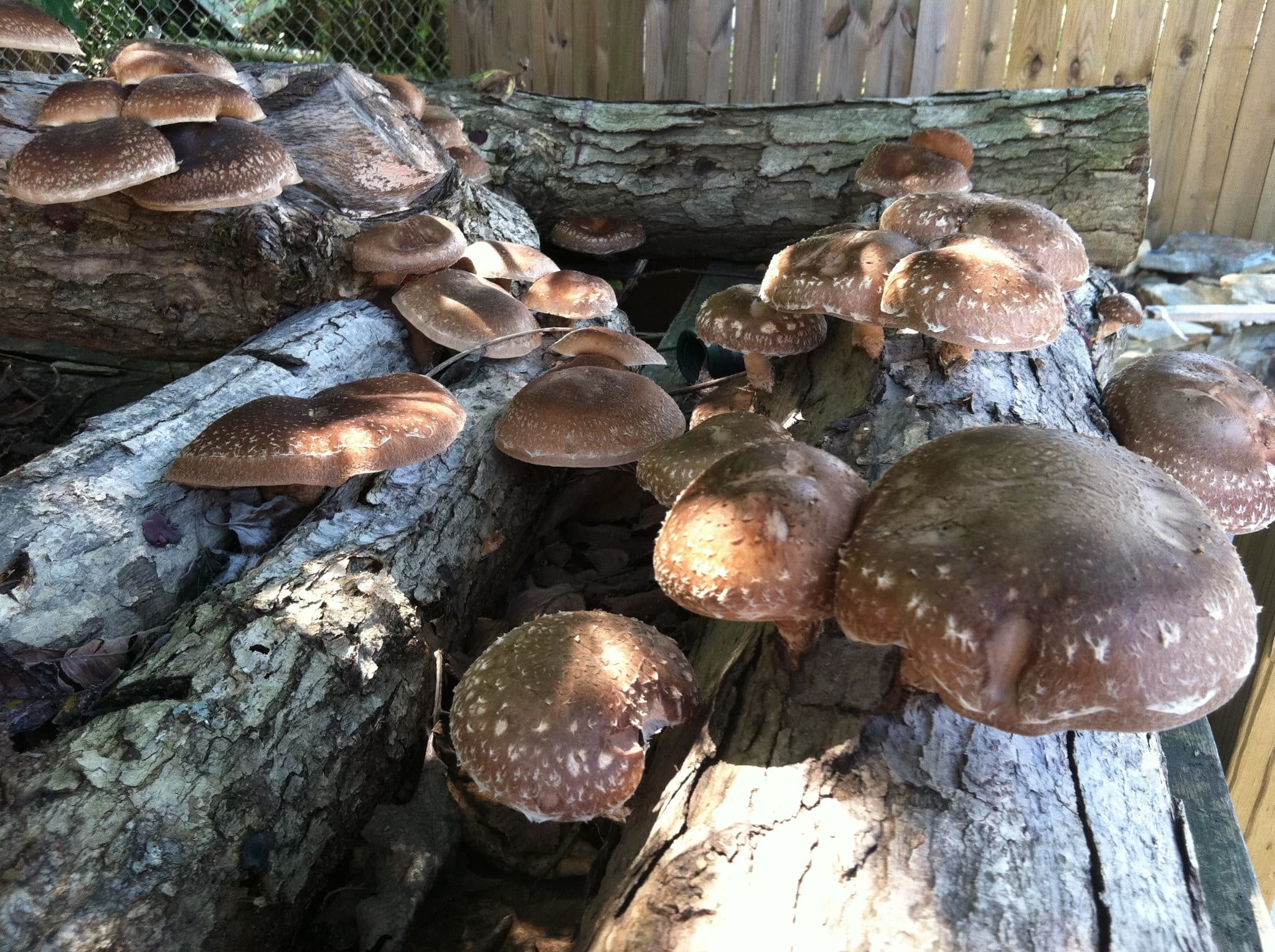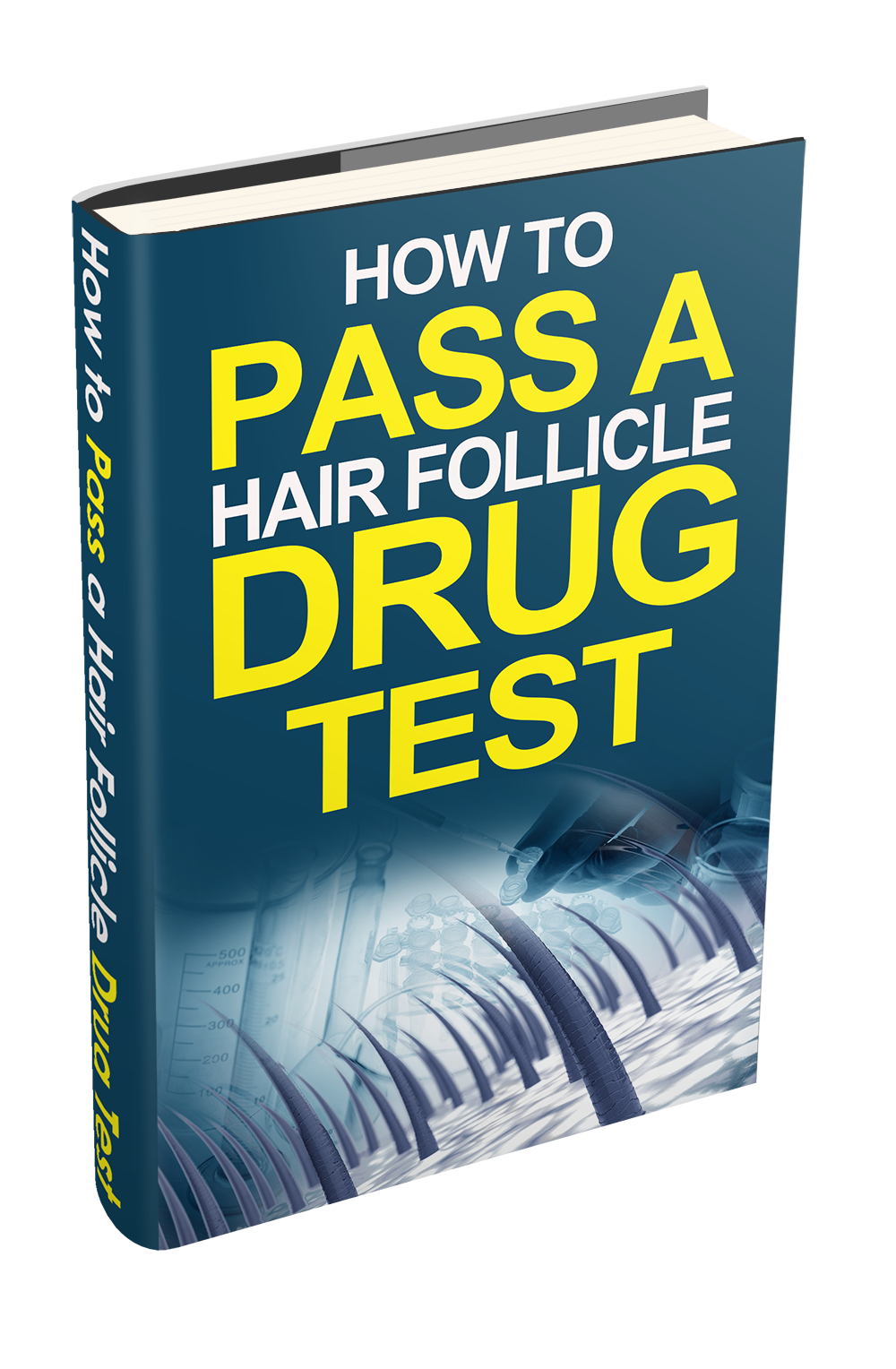Table Of Content

Unless you know what you’re doing, you don’t want to go out mushroom picking in the forest for your next dinner party. Many varieties of wild mushrooms are toxic, and you could end up with anything from a severe tummy ache, to a trip to the emergency room, depending on the variety. And as you notice mushrooms starting to form, Carter recommends misting around them rather than spraying them directly. Generally, mushrooms don't need much light since they prefer dark environments.
Simone spotted a mushroom growing in her house plant. The next day her toddler was in ICU. - 7NEWS
Simone spotted a mushroom growing in her house plant. The next day her toddler was in ICU..
Posted: Sun, 15 Oct 2023 07:00:00 GMT [source]
Shiitake Mushrooms
There are many online companies that provide all-in-one kits that come prepackaged with spawn and substrate in an easy-to-use container. Some of our favorite options for these beginners’ kits are Foraged, GrowCycle, North Spore, and Back to the Roots. It’s true that growing mushrooms is nothing like traditional gardening, but that doesn’t mean it has to be complicated.
Growing Your First Mushrooms
You can install fresh air filters in the other parts of the build to only allow clean air to enter. You will need to build your grow house or shed according to the requirements for controlling these important factors. If you want to speed up the process, we suggest buying a mushroom kit. These typically include mature inoculated substrate that is ready to fruit. In general, basements, cellars, and dark bathrooms are great places to grow mushrooms. You can even grow many dark-loving species in the cupboard under your sink.
Oyster Mushrooms
There is a lot of debate among gardeners as to which method of cultivating mushrooms is best. Ultimately, the best choice is the one you are most comfortable with. Try out different methods from mushroom trays or plastic bags or logs, and see which one resonates with your style. By their very definition, a greenhouse is an enclosed structure, and unless windows are left open to allow fresh air to enter, the air flow is quite restricted.
This guarantees that no other fungus spore or mycelium is present to compete with or confuse your harvest. You can sterilize substrate at home, but for beginners, we recommend buying pre-sterilized mushroom substrate from a reputable dealer. What substrate you’ll need depends on the type of mushroom spawn you choose.
Stages of Growing Mushrooms at Home
These have distinctive, sometimes toadstool-esque stalks and caps, rather than molds, yeasts, and mildews. To do this, they grow filamentous hyphae as part of a root-like structure known as mycelium. As with everything up to this point you will want to be as sterile as possible when transferring your sterile mushroom source to your sterile substrate. The point is when they make cordyceps they never make spawn and grow straight from culture. Think of it like you make a little bit of mycelium that you can use to add to a bigger substrate source later. With mycelium you will be dealing with agar plates, liquid cultures and grain spawn.
Turns out, the little fungi grow quickly and are relatively low-maintenance, depending on the variety. Here's what you need to know to grow mushrooms from the comfort of your home. Many varieties of mushrooms grow in the wild, and you can grow most of them at home (sorry, you can't grow morels at home—they only pop up in nature). One of the benefits of growing your mushroom varieties instead of wild-harvesting them is that you can be sure you're not picking a toxic mushroom. Mushrooms can tolerate some light, but the spot you choose should stay mostly dark or in low light.

All you need are a few key ingredients and the knowledge to turn them into something wonderful. Growing mushrooms at home is a task that any gardener interested in growing their own food should attempt. Mushrooms are a healthy addition to any diet, as they are low in calories and fat, high in fiber, and contain high amounts of potassium and selenium. Mushrooms are best grown indoors where the temperature and light conditions can be more readily managed.
What is the best resource to learn more about mushrooms?
The latter may be easier than you think—growing mushrooms at home is a family-friendly, DIY project requiring little space and no gardening experience. Inoculating logs for mushroom cultivation is a sustainable and rewarding method, offering a unique way to grow gourmet mushrooms with minimal environmental impact. It requires patience and attention to detail but can yield bountiful harvests over several years.
Growing mushrooms on logs is easy as the logs need little attention once the dowels are inserted. These need to be hardwood, not conifers, and cut from healthy wood. Logs need to be freshly cut and the dowels implanted no more than six weeks after cutting. The best woods to use are oak, beech, hornbeam, chestnut, hazel, birch, maple or holly.
You’ll harvest them before the caps flatten out and release their spores. There are many, many types of edible mushrooms, from shiitake to porcini, and reishi to blue chanterelle. Do your research to find out which types you prefer to eat and what their growing habits are.
It’s important to maintain the proper temperature and humidity conditions for the substrate during the incubation period. This will vary depending on the variety of mushroom and the type of substrate used. Some mushrooms prefer warmer temperatures, while others prefer cooler temperatures. It’s also important to keep the substrate moist, but not too wet, as excessive moisture can lead to the growth of unwanted fungi. There are countless varieties of mushrooms out there, but not all of them are suitable for growing at home.
You’ll need a freshly cut log (hardwoods are best), spawn, melted wax, and a few basic tools. It’s a slightly more involved process and may take a full calendar year to harvest, but you could get years of growth—stumps often produce for up to a decade. Spawn, like grow kits, can be purchased from mushroom farms and online purveyors. To optimize your kit for success, keep in mind that nearly all edible mushrooms prefer humid environments with plenty of oxygen and minimal direct sunlight.
Not only that, but every strain of mushroom is a little bit different which means that you never know what your gonna get. In this article we will also show you how to make a spore slurry to grow Morel mushrooms outdoors. This interesting thing is many of the same mushrooms we just talked about for growing indoors can also be grown on logs as well. You don’t have to worry too much about the Co2 levels at this point because fresh oxygen is also a sign for the mushrooms to grow which we don’t want yet. However, when people grow cordyceps they pour liquid cultures directly into their bulk substrate of 3 part brown rice and 1 part white wheat.


No comments:
Post a Comment